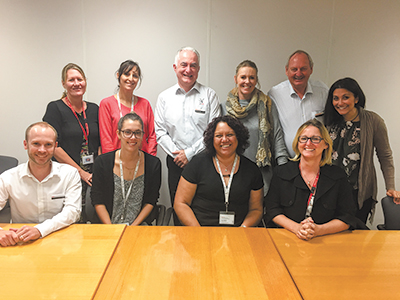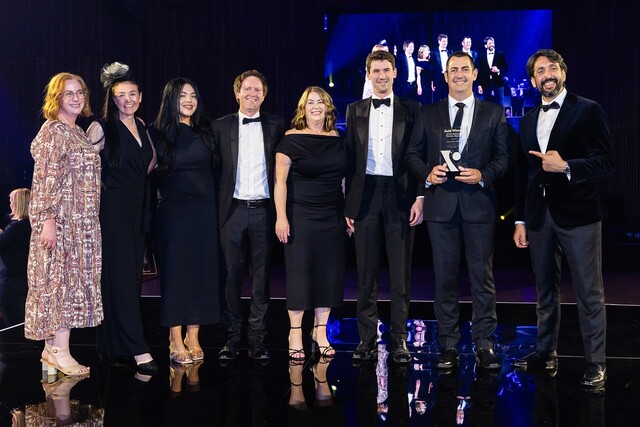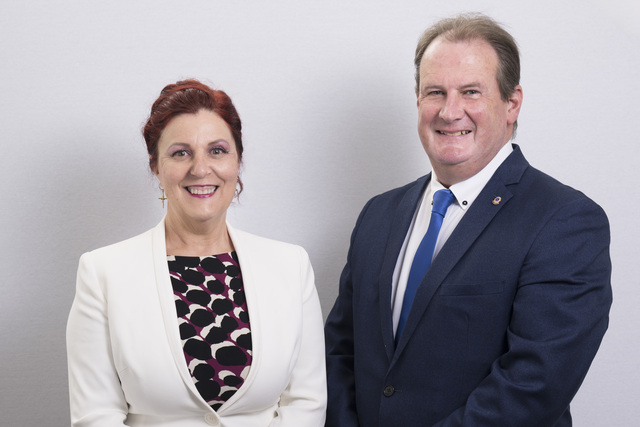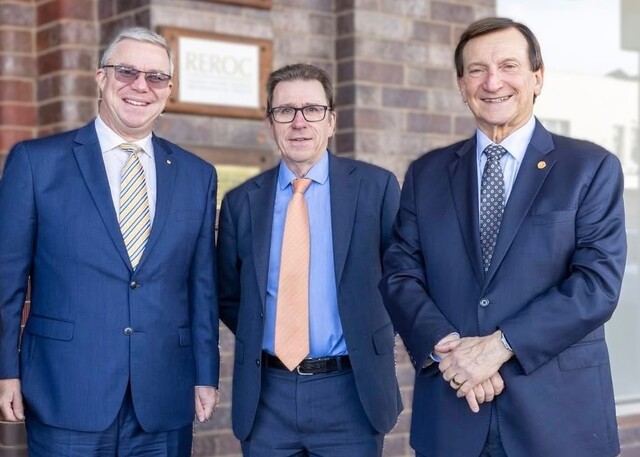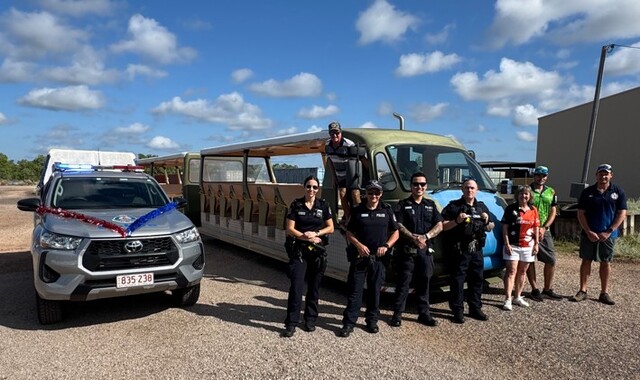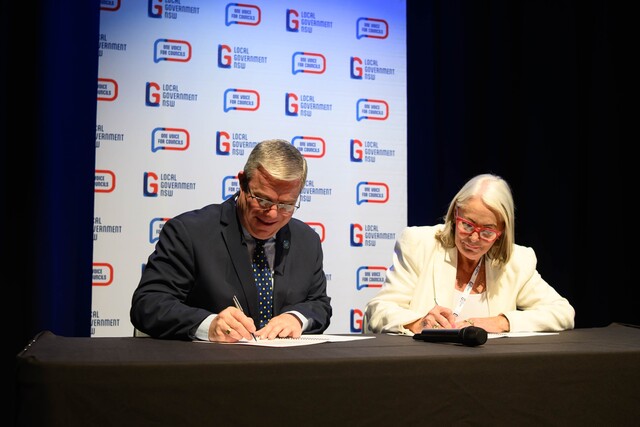City of Swan, Western Australia (WA), is one of the country’s fastest growing urban corridors with Midland Central Business District (CBD), an important Strategic Metropolitan Centre, widely recognised as the Eastern Gateway to Perth City.
Midland is located just 20 minutes by rail and 25 minutes by car from the Perth CBD, and 10 minutes’ drive from Perth Airport. The population of 150,172 (2018) is forecast to grow to 224,439 by 2036.
The construction on the City of Swan’s New Junction development, an 11ha precinct in the heart of Midland formerly known as Midland Oval Redevelopment Masterplan (MORM), officially commenced on 14 June.
The development is planned as a vibrant mixed use commercial, residential, retail and community precinct featuring high quality public realm, active community spaces, streetscapes and multi deck car parking.
New road connections will improve accessibility and better link the traditional town centre and Midland Gate Shopping Centre as well as complement nearby commercial and residential developments.
Fifty years since the project was first mooted, the City’s Business and Tourism Services Commercial Unit Manager, Kylie Cugini, is understandably proud of her team’s achievement in finally getting the project up and running.
“New Junction is a once in a lifetime infrastructure project that will bring new life and create an iconic ‘heart’ for Midland – housing, business, recreation and retail all designed to bring people together and transform the area into the social and community hub of Perth’s Eastern Corridor it once was.”
City of Swan Councillor, David McDonnell, nominated the Business and Tourism Services Commercial Unit as Council’s ‘High Achievers’ for driving the MORM to completion of planning and on into implementation.
Ms Cugini attributes her team’s success to the different combination of skill sets each of them brings.
“This allows us to focus on different aspects of the project.
“It also allows the team to learn from one another and share these learnings to other members who become involved in the project.
“We work extremely closely together and have a fantastic working relationship.
“When under pressure the entire team steps in to help with any components of the project and to ease the workload.”
The Commercial team comprises skills in business administration, economic development, property sector, developer, banking, chartered valuer, town planning and project management.
Consultants are engaged where skill/expertise gaps are evident, place making for example.
The project has not been easy to bring to fruition.
New Junction is the result of diligent consultation for half a century, since the 1968 decision to relocate sporting activity.
Numerous past studies over a 25 year period culminated in the Midland Oval Redevelopment Precinct Business Plan (2018), currently out for public comment.
The plan outlines the City of Swan’s financial involvement and informs major land transactions (disposal and acquisitions) in accordance with s3.59 of the Local Government Act 1995.
It includes an analysis, evaluation and treatment of the high residential risk ratings identified for the project (reputation, governance and construction).
It addresses governance, providing information relating to the governance structure, project documents, existing business plans, probity and benchmarking.
MORM, now The Junction, has continually been updated in direct response to community feedback.
Ms Cugini believes the team’s greatest achievement has been meeting all the statutory planning requirements at the local and state level, while addressing the State policies and Directions 2031.
The major challenge for the team will be the delivery of the project within the timeframe, and within an acceptable budget.
Other challenges include a 100-200 strong community group that is against the project.
New Junction will result in urban renewal estimated to create 4000 jobs, 750-1000 new dwellings, 100,000 square metres of retail, restaurant and commercial floor space, $680 million public/private investment, economic benefit of $990 million, and a direct output contribution of $344 million and $2.2 billion to the state economy.
“Being part of this project has meant many long hours away from family in the evenings and weekends, but well worth the outcomes being achieved.
“The project has been a love/hate relationship at times.”

